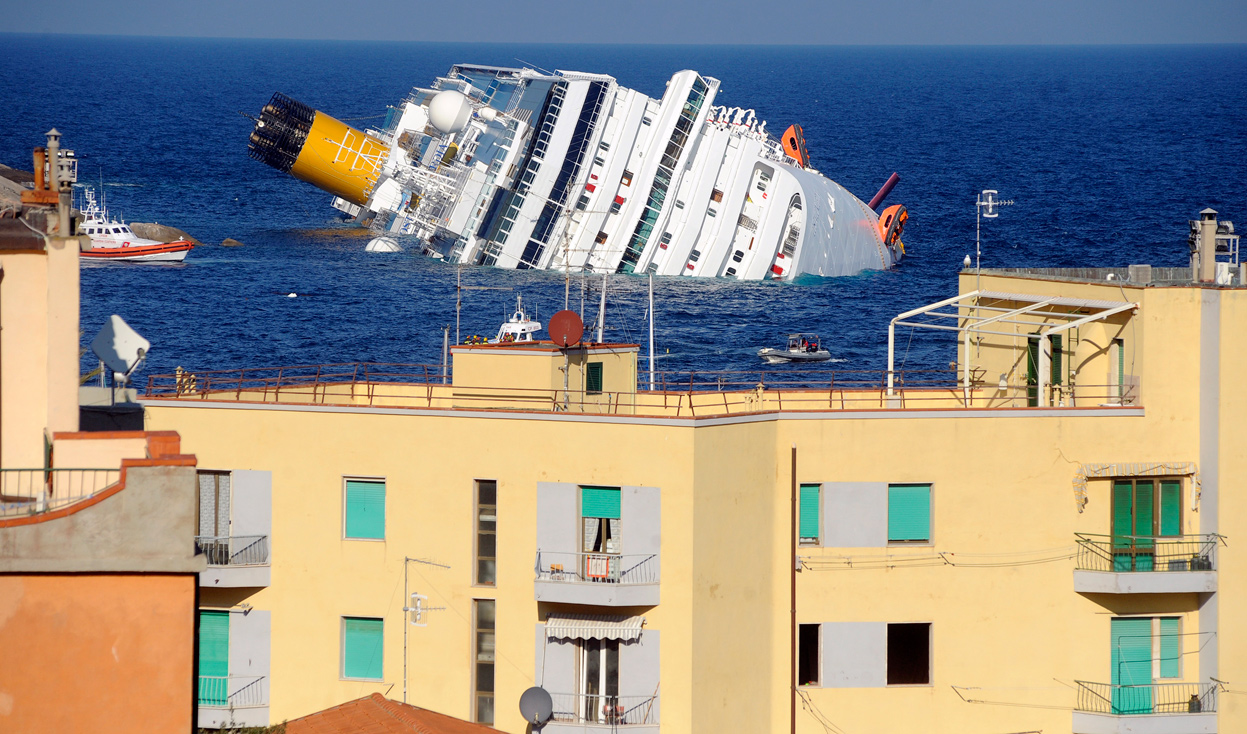The cruise ship Costa Concordia was one of the most tragic maritime disasters to occur in recent memory. On the evening of January 13th, 2012, the ship struck a submerged rock off the coast of Isola del Giglio, Italy. The impact caused a massive breach in the hull that quickly flooded several compartments and sent the ship listing to its port side.
More than 4,200 passengers and crew were on board at the time of the incident. As panic ensued, orders were given to abandon ship.
Passengers scrambled to lifeboats while crew members worked frantically to organize an evacuation. It took nearly five hours for all people aboard to disembark safely – with only 32 fatalities reported and a few dozen injured.
In an effort to right the ship, salvage crews pumped water out of its flooded compartments and used tugboats to move it away from Giglio Island’s rocky shores. After months of complicated technical operations, Concordia was finally towed away for scrap in July 2014. The incident cost Italian taxpayers over $2 billion and led to criminal charges against several former Costa Cruises executives for their alleged negligence in overseeing safety operations on board.
The sinking of Costa Concordia is an example of how quickly things can go wrong at sea when safety protocols are not followed properly. It serves as an important reminder that no matter how advanced technology may become, human error still plays a major role in maritime tragedies like this one – making it essential that protocols are always followed correctly and without fail.
Conclusion:
The sinking of Costa Concordia is a tragic reminder of how quickly things can go wrong when safety protocols are not followed properly at sea. Human error is still one of the leading causes of maritime disasters and it is essential that safety procedures are strictly adhered to in order to avoid such incidents from occurring again.

